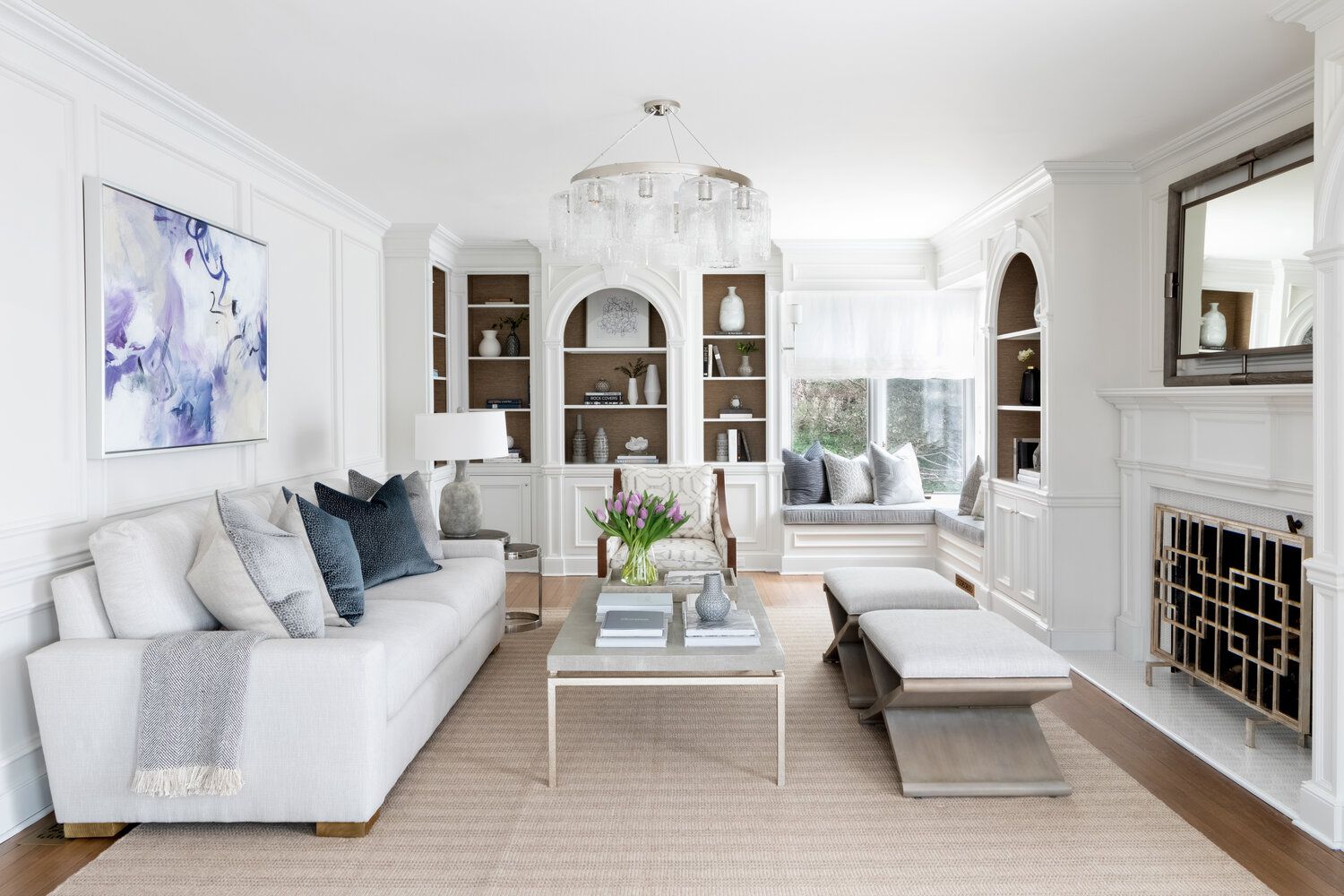

Articles
How To Decorate An All White Living Room
Modified: October 20, 2024
Discover helpful articles on how to decorate an all white living room and create a stunning and stylish space. Expert tips and inspiration await.
(Many of the links in this article redirect to a specific reviewed product. Your purchase of these products through affiliate links helps to generate commission for Storables.com, at no extra cost. Learn more)
Introduction
Welcome to the world of all-white living rooms, where elegance and simplicity combine to create a timeless and sophisticated space. An all-white living room is a popular choice for those who crave a fresh and clean aesthetic, as it exudes a sense of calm and tranquility.
The beauty of an all-white living room lies in its versatility. Whether you prefer a minimalist approach or want to add pops of color for contrast, an all-white canvas provides the perfect backdrop to showcase your personal style. However, achieving the perfect balance of white can be a challenging task. From choosing the right furniture to incorporating texture and patterns, there are several key factors to consider.
In this article, we will guide you through the process of decorating an all-white living room, providing tips and tricks to create a space that is both visually stunning and inviting. Let’s dive in!
Key Takeaways:
- Embrace the elegance and simplicity of an all-white living room to create a timeless, sophisticated, and inviting space that reflects your personal style and brings joy and comfort for years to come.
- Achieve a visually stunning all-white living room by carefully balancing white with texture, color, and personal touches, while maintaining its pristine appearance through regular cleaning and maintenance.
Read more: How To Divide A Living Room And Dining Room
Choosing the Right Furniture
When it comes to furnishing your all-white living room, selecting the right furniture pieces is crucial. The goal is to find pieces that complement the white color scheme while adding visual interest and functionality to the space.
Start by determining the style you want to achieve. Whether you prefer a modern, contemporary, or traditional look, there are furniture options to suit every taste. Keep in mind that white furniture can come in a variety of materials, such as leather, fabric, or wood, so choose the one that best matches your desired aesthetic.
Consider the size of your living room when selecting furniture. If you have a smaller space, opt for streamlined pieces that don’t overpower the room. Look for furniture with clean lines and understated elegance to enhance the overall sense of spaciousness.
In addition to the style and size, focus on the comfort of the furniture. After all, your living room is a space where you and your guests will spend time relaxing and socializing. Look for sofas and chairs with plush cushions and ergonomic designs to ensure maximum comfort.
Another aspect to consider is the functionality of the furniture. Think about the activities that will take place in your living room and choose pieces that can accommodate those needs. If you enjoy entertaining guests, consider a large sectional sofa or a versatile coffee table with storage options. If you prefer a cozy reading nook, invest in a comfortable armchair and a side table for books and magazines.
Finally, don’t be afraid to mix and match different furniture styles and materials. An all-white living room can benefit from the contrast provided by incorporating furniture with different finishes, such as glass, metal, or wood. This adds visual interest and prevents the space from looking too monotonous.
By carefully selecting the right furniture pieces, you can create a cohesive and visually appealing all-white living room that reflects your personal style and meets your functional needs.
Selecting the Perfect White Paint
Choosing the right shade of white paint is crucial for achieving the desired look in your all-white living room. While it may seem simple, there are numerous shades of white to choose from, each with its own undertones and characteristics.
When selecting white paint for your living room, consider the natural lighting in the space. Natural light can have a significant impact on how a paint color appears. If your living room receives ample natural light, you can opt for a cooler white with blue or gray undertones to create a crisp and airy feel. On the other hand, if your living room lacks natural light, a warmer white with hints of yellow or beige can help add warmth and create a cozy atmosphere.
Another factor to consider is the existing decor and furnishings in your living room. Choose a white paint color that complements your furniture and accessories. Consider the undertones in your furniture and select a white shade that harmonizes with them. For example, if you have warm-toned wooden furniture, a creamy white paint color can pair beautifully, whereas cooler-toned furniture may call for a brighter, icier shade of white.
It’s also important to test paint swatches on your walls before committing to a particular shade. Paint can look different under various lighting conditions, so always test a small area and observe how it appears throughout the day, considering both natural and artificial lighting. This will help you ensure that the white paint you choose looks harmonious with the rest of your living room’s elements.
Additionally, take into account the finish of the white paint. A flat or matte finish can provide a more subtle and elegant look, while a semi-gloss or high-gloss finish can add a touch of glamour and reflect more light. Consider the maintenance and durability of each finish as well, as high-gloss finishes are more prone to showing smudges and fingerprints.
Remember, the perfect white paint color is subjective and can vary depending on personal preferences and the specific characteristics of your living room. Take your time to explore different options, test samples, and visualize how each shade will transform your space. With the right white paint, you can achieve a fresh and cohesive look that sets the stage for your all-white living room.
Incorporating Texture and Patterns
An all-white living room may seem simple and minimalistic, but incorporating texture and patterns can bring depth and visual interest to the space. Texture adds tactile appeal, while patterns add a lively and dynamic element to the room.
When it comes to texture, consider adding different materials such as plush rugs, cozy throws, and pillows with textured fabrics. These elements not only provide visual interest but also invite touch, creating a sense of coziness and warmth in your living room. Incorporate natural materials like jute, rattan, or wood to add depth and earthiness to the all-white palette. Additionally, consider using textured wallpaper or a textured accent wall to create a focal point in the room.
Patterns can introduce a playful and lively element to your all-white living room. It’s important to strike a balance between bold patterns that make a statement and more subtle patterns that add a refined touch. Consider incorporating patterns through your choice of pillows, curtains, or even an accent chair. Geometric patterns, floral motifs, or stripes can all add visual interest and break up the monotony of an all-white space. A patterned rug can also anchor the room and provide a focal point.
When mixing textures and patterns, it’s important to consider scale and proportion. Pair larger-scale patterns with smaller-scale textures to create a balanced and harmonious look. For example, if you have a bold patterned sofa, balance it out with solid-colored textured pillows or a textured side table.
Another way to incorporate texture and patterns is through artwork and wall decor. Hang a textured art piece or a patterned tapestry as a statement on a white wall. This creates a focal point and adds visual interest to the room. Additionally, consider using patterned or textured wallpaper on one wall to create an accent without overwhelming the space.
Remember that the goal is not to overwhelm the all-white living room with too many textures and patterns, but rather to use them strategically to create layers and visual interest. Experiment with different combinations and find the right balance that suits your personal style and the overall aesthetic of the room.
Adding Pops of Color
While an all-white living room creates a serene and elegant atmosphere, adding pops of color can bring vibrancy and personality to the space. A well-placed splash of color can create a focal point, break up the monotony of white, and reflect your personal style.
When incorporating pops of color, consider the overall mood and theme you want to create. Do you want a bold and vibrant look or a more subtle and muted color palette? Decide on a color scheme that complements the white backdrop while adding visual interest.
One popular approach is to use a single accent color as a statement. Choose a color that resonates with you and then sprinkle it throughout the room in various elements such as cushions, curtains, or artwork. This creates a cohesive and eye-catching effect.
Another technique is to use a combination of complementary colors to create a vibrant and lively space. This can be achieved by selecting two or three contrasting colors and incorporating them through accessories, such as throw pillows, vases, or a colorful area rug. Be mindful of the proportions and placement of these colorful elements to ensure a balanced and harmonious look.
If you prefer a more subtle approach, consider incorporating pastel shades or muted tones. Soft pastel colors like mint, blush pink, or pale blue can add a touch of delicacy and serenity to the room. Use them sparingly in decorative accents, like a statement chair or a piece of wall art.
Add pops of color through natural elements as well. Fresh flowers in vibrant hues can instantly enliven the space and add a touch of nature’s beauty. Additionally, consider incorporating colorful plants, such as succulents or tropical foliage, in decorative pots or planters.
Remember, the key is to use color strategically and sparingly. The pops of color should complement the overall white palette without overpowering it. Experiment with different color combinations and find the right balance that reflects your personality and creates a visually stunning all-white living room.
Read more: What Pictures To Hang In Living Room
Enhancing with Natural Elements
Incorporating natural elements into your all-white living room can create a sense of tranquility and bring a touch of the outdoors inside. Natural elements add warmth, texture, and a connection to nature, enhancing the overall aesthetic and creating a harmonious space.
One way to introduce natural elements is through the use of plants. Indoor plants not only add a pop of greenery but also purify the air and create a calming atmosphere. Choose plants that thrive in indoor conditions, such as succulents, snake plants, or peace lilies, and place them strategically throughout the room. You can use floor plants, hanging plants, or tabletop arrangements to add visual interest at different heights.
Another way to enhance your all-white living room with natural elements is through the use of natural materials. Incorporate organic textures like rattan, jute, or seagrass through furniture pieces, such as a woven chair or a natural fiber rug. These materials add depth and provide a tactile experience in the room.
Wood is another natural element that can add warmth and a sense of grounding to your all-white living room. Consider incorporating wooden furniture pieces like coffee tables, side tables, or bookshelves. The natural grain and texture of wood can create a beautiful contrast against the white backdrop.
To bring the beauty of nature to your living room, consider incorporating natural-inspired artwork or photography. Hang landscape paintings or framed photographs of serene outdoor scenes to create a connection to the outside world.
In addition to plants and natural materials, natural light is a key element in enhancing the all-white living room. Make the most of natural light by keeping windows unobstructed and using sheer or light-colored curtains that allow light to filter through. This creates an airy and refreshing ambiance.
Lastly, don’t forget about natural scents. Consider using essential oils or candles with botanical scents, such as lavender, eucalyptus, or citrus. These scents can invigorate the senses and create a calming and rejuvenating atmosphere.
By incorporating natural elements into your all-white living room, you can create a space that is not only visually stunning but also evokes a sense of serenity and connection to the natural world.
Add texture and depth to an all white living room by incorporating different materials such as wood, metal, and glass. This will create visual interest and prevent the space from feeling too sterile.
Lighting and Ambiance
Lighting plays a crucial role in creating the right ambiance in your all-white living room. Proper lighting enhances the overall aesthetic, highlights key elements, and sets the mood for the space. By strategically choosing and layering different types of lighting, you can create a warm and inviting atmosphere.
Start by considering the natural light in your living room. Ensure that windows are unobstructed to let in as much natural light as possible. Natural light not only illuminates the room but also enhances the brightness of the white walls and furniture, creating a fresh and airy feel.
When it comes to artificial lighting, a combination of ambient, task, and accent lighting is ideal for an all-white living room.
Ambient lighting provides overall illumination to the room. Consider using recessed lights or a central pendant light to evenly distribute light throughout the space. This helps to eliminate any shadows and creates a bright and welcoming atmosphere.
Task lighting is important for specific activities, such as reading or working. Place floor lamps or table lamps near seating areas or workspaces to provide targeted lighting. Adjustable fixtures can be beneficial to direct light where needed and create a cozy and functional environment.
Accent lighting is used to highlight specific architectural features or decorative elements in the room. This can include wall sconces, picture lights, or track lighting. Focus accent lighting on artwork, sculptures, or statement pieces to add a dramatic effect and draw attention to these objects.
In addition to the type of lighting, consider the color temperature of the light bulbs. Warm white or soft white bulbs can create a cozy and inviting atmosphere, while cool white bulbs can enhance the brightness and airy feel of the space.
Dimmers are a valuable tool in creating the right lighting ambiance. They allow you to adjust the brightness of the lights, controlling the mood and creating a more dynamic atmosphere. Dimming the lights can help create a relaxing and intimate setting during evenings or movie nights.
As you plan the lighting design for your all-white living room, keep in mind the different activities that will take place and create a lighting scheme that can be adjusted accordingly. Experiment with different lighting placements and combinations to find the perfect balance that suits your needs and enhances the all-white aesthetic of the room.
Using Mirrors and Reflective Surfaces
Mirrors and reflective surfaces are powerful design elements that can transform your all-white living room. They have the ability to enhance natural light, create the illusion of a larger space, and add a touch of glamour to the room. By strategically incorporating mirrors and reflective surfaces, you can elevate the overall aesthetic and create a stunning visual impact.
One of the main advantages of using mirrors in an all-white living room is their ability to reflect light. Place a large mirror opposite a window to maximize the natural light in the room. This not only brightens up the space but also creates a sense of openness and airiness. Mirrors can effectively double the amount of light in a room and make it feel more vibrant.
In addition to their functionality, mirrors can be used as decorative focal points. Opt for mirrors with interesting frames or unique shapes to add visual interest to the wall. You can also create a gallery wall by grouping mirrors of different sizes and shapes for a trendy and eclectic look.
Reflective surfaces, such as glass or metallic finishes, are another way to introduce a touch of glamour to your all-white living room. Consider incorporating a glass coffee table or side tables to create a sense of transparency and lightness. Metallic accents, such as silver or gold, can be introduced through decorative objects or light fixtures to add a luxurious and sophisticated touch.
When placing mirrors and reflective surfaces, consider the layout of the room. Strategically position them to reflect interesting architectural features or decorative elements of the space, creating a sense of depth and dimension. This not only adds visual interest but also gives the illusion of a larger room.
Another creative way to use mirrors and reflective surfaces is to create a focal point. Hang a large mirror on a wall to draw attention and create a statement. This can also help to visually expand the space, making it feel grander and more open.
Lastly, be mindful of the placement of mirrors to avoid reflecting cluttered or unattractive areas of the room. Position them in a way that reflects the beauty and positive aspects of the space, enhancing the overall ambiance and aesthetic.
By incorporating mirrors and reflective surfaces in your all-white living room, you can enhance natural light, create a sense of openness, and add a touch of elegance. Experiment with different sizes, shapes, and placements to find the perfect balance and transform your space into a visually stunning and inviting sanctuary.
Arranging Decorative Accessories
Arranging decorative accessories is the final step in completing the look of your all-white living room. The right placement and arrangement can add personality, charm, and a sense of balance to the space. Here are some tips to help you create a visually appealing and well-curated arrangement of decorative accessories.
1. Grouping accessories: Grouping similar accessories together can create a cohesive and visually pleasing display. For example, place a collection of vases or candles on a side table or a shelf. Consider varying the heights and sizes to add interest and create dimension.
2. Creating vignettes: Designate certain areas in the living room for creating vignettes of accessories. This could be a coffee table, a fireplace mantel, or a floating shelf. Arrange decorative items such as books, sculptures, or plants in a way that tells a story or reflects your personal style.
3. Balancing scale: Pay attention to the scale of the accessories in relation to the furniture and the overall space. Avoid overcrowding or overwhelming the room with too many or oversized items. Achieve a sense of balance by mixing larger items with smaller ones, and spreading them out evenly throughout the room.
4. Paying attention to color: Introduce pops of color through decorative accessories to add visual interest and break up the white palette. Choose colors that complement your overall color scheme and distribute them strategically to create focal points and balance in the room.
5. Incorporating texture: Add texture to the all-white living room through the use of decorative accessories. Consider items like textured pillows, woven baskets, or a cozy faux fur throw. Texture adds depth and visual interest to the space, creating a more inviting and layered look.
6. Showcasing personal items: Displaying personal items such as photographs, souvenirs, or artworks can give the living room a personalized touch. Use picture frames, shadow boxes, or floating shelves to exhibit these meaningful objects and add a sense of warmth and nostalgia to the space.
7. Rotating accessories: As the seasons change or your taste evolves, don’t be afraid to rotate and refresh your decorative accessories. This keeps the room looking fresh and allows you to experiment with different styles and themes.
Remember, the key is to strike a balance between simplicity and visual interest. Avoid clutter by editing and curating your collection of accessories. Each accessory should have a purpose and contribute to the overall aesthetic of the all-white living room.
By arranging decorative accessories thoughtfully, you can transform your all-white living room into a space that reflects your style, showcases your personality, and invites admiration from guests.
Creating a Cozy and Inviting Space
While an all-white living room exudes elegance and sophistication, it is essential to create a cozy and inviting atmosphere. By incorporating thoughtful design elements and cozy touches, you can transform your all-white living room into a warm and welcoming space. Here are some tips to help you achieve a cozy and inviting ambiance:
1. Soft and comfortable seating: Invest in plush sofas, armchairs, and cushions that provide comfort and support. Opt for soft fabrics like velvet or linen that invite you to sit and relax. Layer different textures and materials to create a cozy and inviting seating area.
2. Warm and inviting colors: While white is the predominant color in the living room, consider adding warm and inviting colors to create a cozy feel. Earthy tones like beige, cream, or soft neutrals can add warmth and depth to the space. Incorporate these colors through blankets, pillows, curtains, or decorative accessories.
3. Cozy textiles: Add warmth and texture through the use of cozy textiles. Incorporate throw blankets made of soft materials like wool or faux fur, and place them strategically on sofas or armchairs. Layer the floors with plush rugs to create a soft and inviting feel underfoot.
4. Mood lighting: Lighting plays a significant role in creating a cozy ambiance. Opt for warm and soft lighting options, such as table lamps or floor lamps with lampshades in warm hues. Use dimmers to adjust the intensity of the light and create a relaxing atmosphere in the evening.
5. Fireplace or candles: If you have a fireplace, make it a focal point of the living room. A crackling fire can instantly create a cozy and inviting ambiance. If you don’t have a fireplace, candles can provide a similar effect. Place scented candles strategically throughout the room to add a comforting aroma and a warm glow.
6. Personal touches: Incorporate personal touches that make the space feel uniquely yours. Display photographs, artwork, or sentimental items that evoke positive emotions. These personal elements will not only make the room feel more inviting but also create a sense of familiarity and warmth.
7. Books and reading nooks: Create a cozy reading nook by incorporating a comfortable armchair, a side table for books, and a good reading lamp. Arrange books on shelves, coffee tables, or side tables to add a sense of warmth and intellectual stimulation to the living room.
8. Nature-inspired decor: Bring the beauty of nature indoors by incorporating natural elements. Place potted plants or fresh flowers in the living room to add a touch of freshness and life. Natural elements have a calming effect and create a serene and inviting space.
With these tips in mind, you can transform your all-white living room into a cozy and inviting sanctuary. The key is to incorporate comfortable seating, warm colors, soft textiles, and personal touches that reflect your style and make you feel at home. By creating a space that is both visually appealing and welcoming, you and your guests will feel cozy and relaxed in your all-white living room.
Maintaining an All-White Living Room
While an all-white living room can create a stunning and timeless aesthetic, it requires some extra care and attention to maintain its pristine appearance. Here are some tips to help you keep your all-white living room looking fresh and pristine:
1. Regular cleaning: Regularly dust and clean the surfaces in your all-white living room to prevent any buildup of dirt or grime. Use a soft microfiber cloth or a feather duster to gently wipe down furniture, shelves, and decorative accessories. Be cautious of using cleaning products that may discolor or damage the white surfaces.
2. Stain prevention: Act promptly to treat any spills or stains on your white furniture or textiles. Blot the stain with a clean cloth or paper towel, starting from the outer edges and working inward. Avoid rubbing the stain, as it can push it deeper into the fabric. Use a mild detergent or stain remover specifically formulated for white fabrics, following the manufacturer’s instructions.
3. Protecting upholstery: Consider using slipcovers or stain-resistant treatments on your white upholstery to protect it from spills and stains. This will make cleaning easier and prevent permanent damage to the fabric.
4. Cleaning white walls: White walls can show dirt and scuff marks more easily. Use a soft sponge or microfiber cloth dampened with a mild cleaning solution to gently clean the walls. Avoid using abrasive cleaners or scrub brushes that may damage the paint or leave marks.
5. Maintenance of white flooring: If you have white flooring, such as tiles or hardwood, maintain their shine and cleanliness by sweeping or vacuuming regularly. Wipe up any spills immediately to prevent staining. Consider using area rugs in high-traffic areas to protect the floor and add a touch of style to the room.
6. Preventing discoloration: Be cautious of direct sunlight, as it can cause white materials to yellow or fade over time. Use window coverings, such as blinds or curtains, to filter out harsh sunlight and protect your all-white living room from discoloration.
7. Refreshing white textiles: White textiles, such as curtains, pillow covers, or throws, may benefit from regular washing or refreshing to maintain their brightness. Follow the care instructions provided by the manufacturer and use gentle detergents to prevent yellowing or discoloration.
8. Proactive maintenance: Regularly inspect your all-white living room for any minor damages, such as chipped paint, loose seams, or scuffed surfaces. Address these issues promptly to prevent further damage and maintain the pristine appearance of the room.
Maintaining an all-white living room requires diligence and attention to detail, but the result is a stunning and inviting space that exudes elegance and tranquility. By following these tips and implementing a consistent cleaning and maintenance routine, you can enjoy the beauty of your all-white living room for years to come.
Conclusion
Designing and maintaining an all-white living room can be a rewarding experience. The clean and timeless aesthetic of an all-white space creates a sense of tranquility and sophistication that is hard to beat. By following the tips and guidelines provided in this article, you can elevate your all-white living room to new heights.
Choosing the right furniture, selecting the perfect white paint, incorporating texture and patterns, adding pops of color, enhancing with natural elements, optimizing lighting and ambiance, using mirrors and reflective surfaces, arranging decorative accessories, creating a cozy and inviting space, and maintaining the pristine appearance are all crucial aspects to consider when working with an all-white living room.
Remember, balance is key. While white serves as your canvas, adding texture, color, and personal touches will transform your space into a warm and welcoming environment. Careful consideration of furniture choices, lighting options, and accessories will help create a harmonious and inviting atmosphere.
Don’t shy away from experimenting with different design elements and exploring your personal style. Each all-white living room can be a unique reflection of your personality and taste. Be mindful of the maintenance required for white furnishings and surfaces, and establish a regular cleaning routine to keep your space looking pristine.
Whether you prefer a minimalist, contemporary, or traditional look, an all-white living room can be a beautiful and versatile canvas to express your style and create a serene sanctuary in your home. Embrace the elegance and simplicity of an all-white palette, and let your creativity shine to design a space that is timeless, sophisticated, and inviting.
So go forth and design your dream all-white living room, where serenity meets style and simplicity meets warmth. Enjoy the endless possibilities of this stunning and versatile design choice, and make your all-white living room a place that truly reflects your vision and brings you joy and comfort for years to come.
Frequently Asked Questions about How To Decorate An All White Living Room
Was this page helpful?
At Storables.com, we guarantee accurate and reliable information. Our content, validated by Expert Board Contributors, is crafted following stringent Editorial Policies. We're committed to providing you with well-researched, expert-backed insights for all your informational needs.
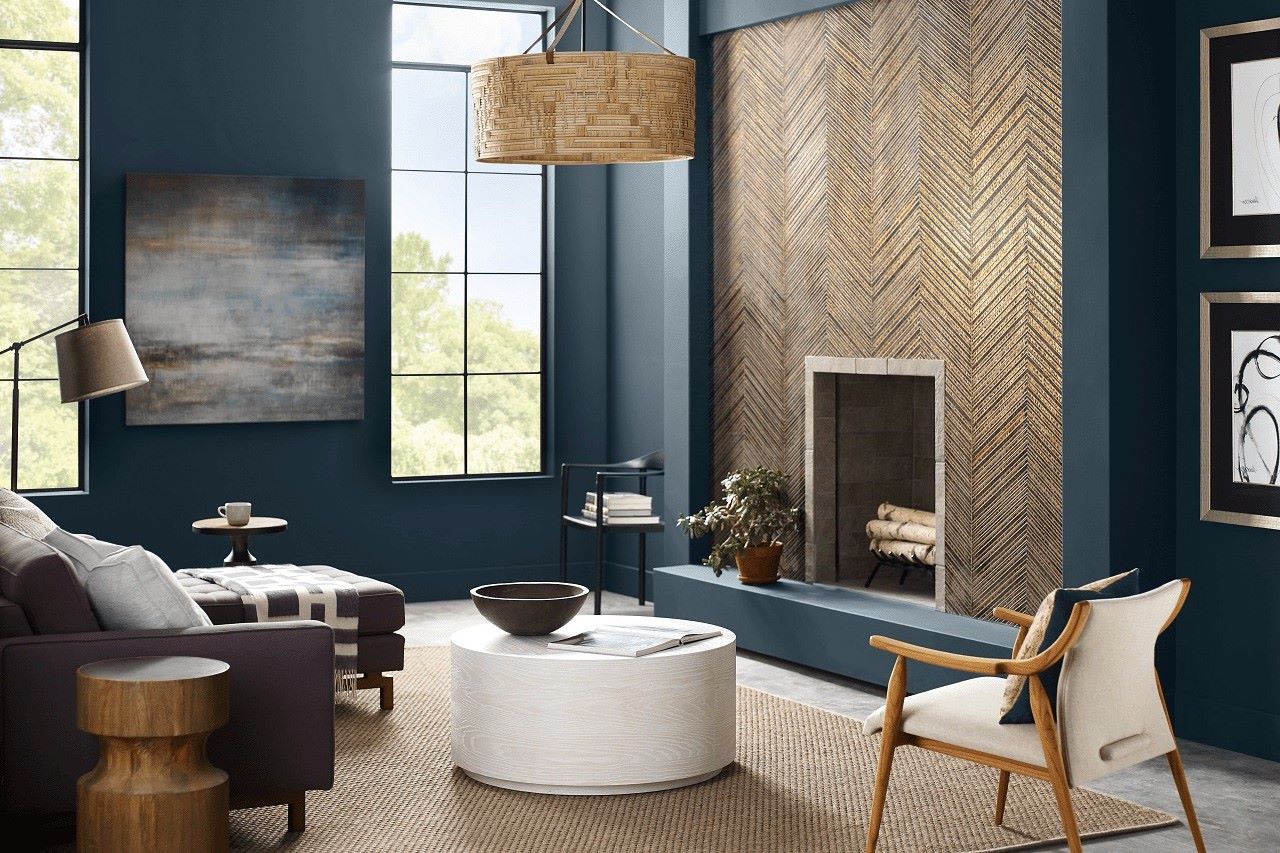
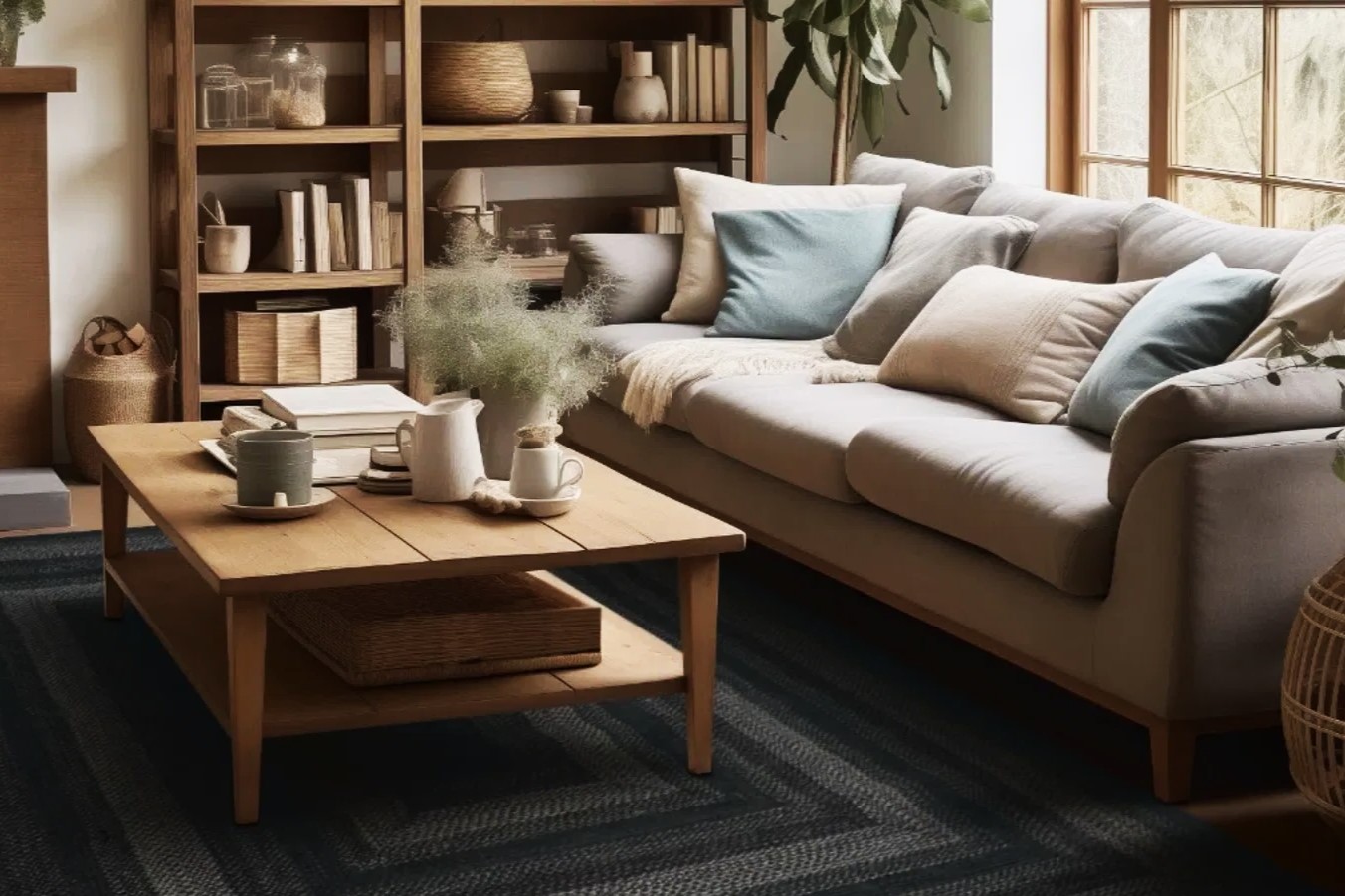

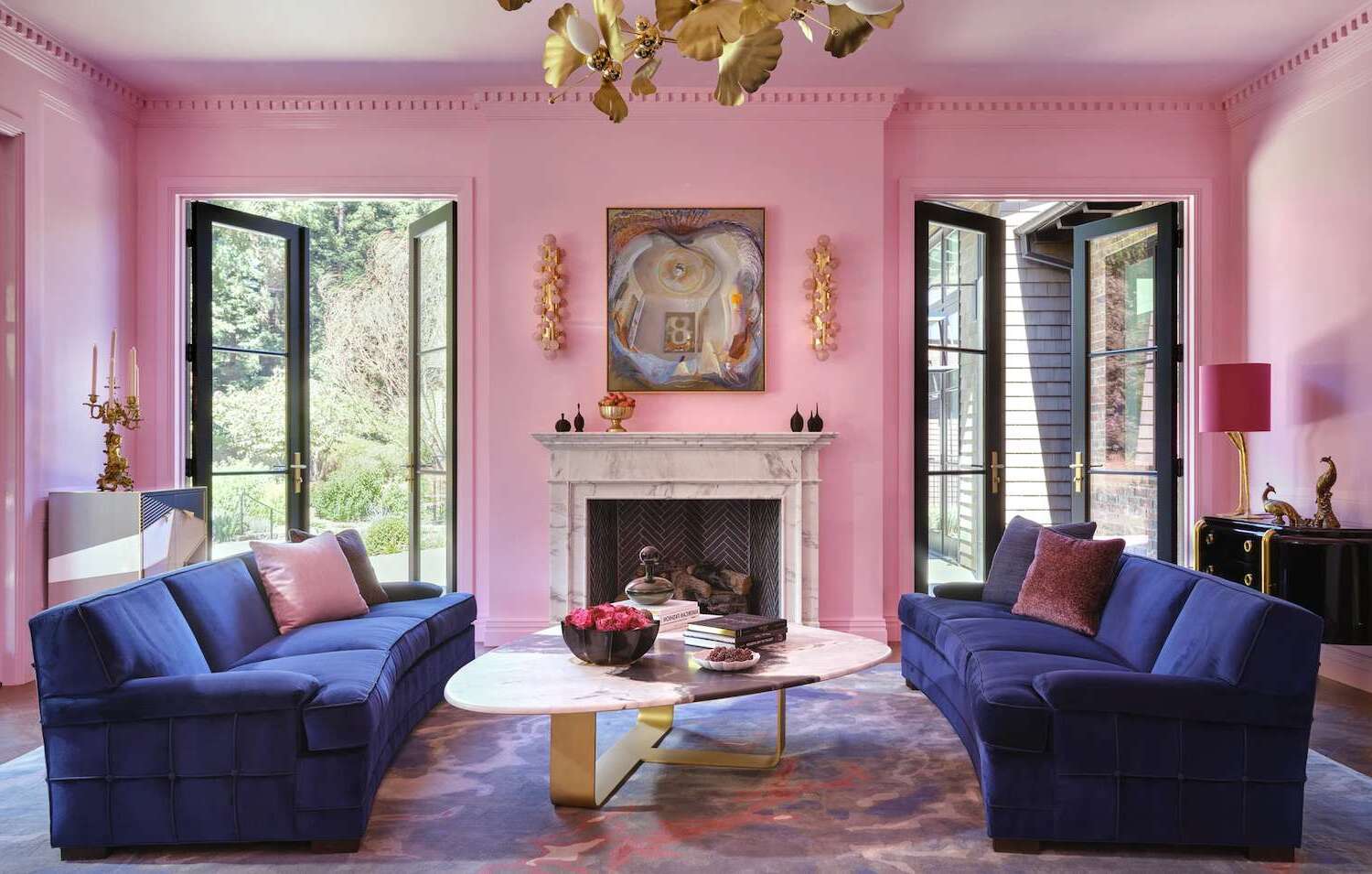


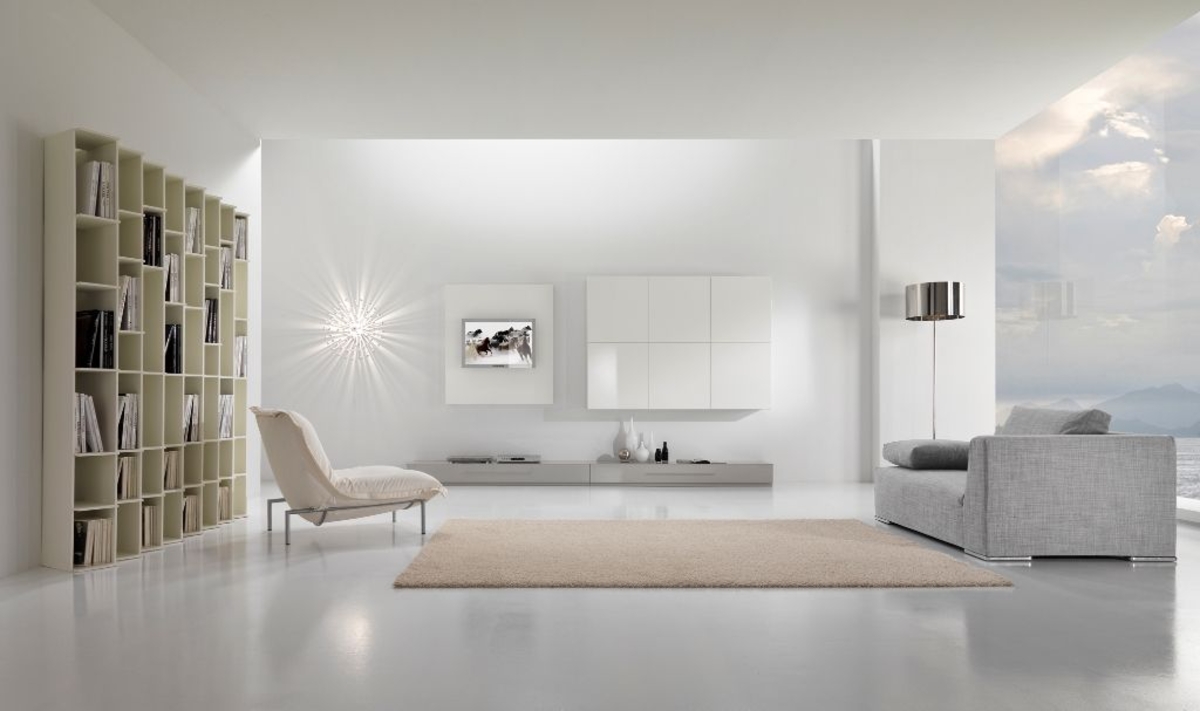
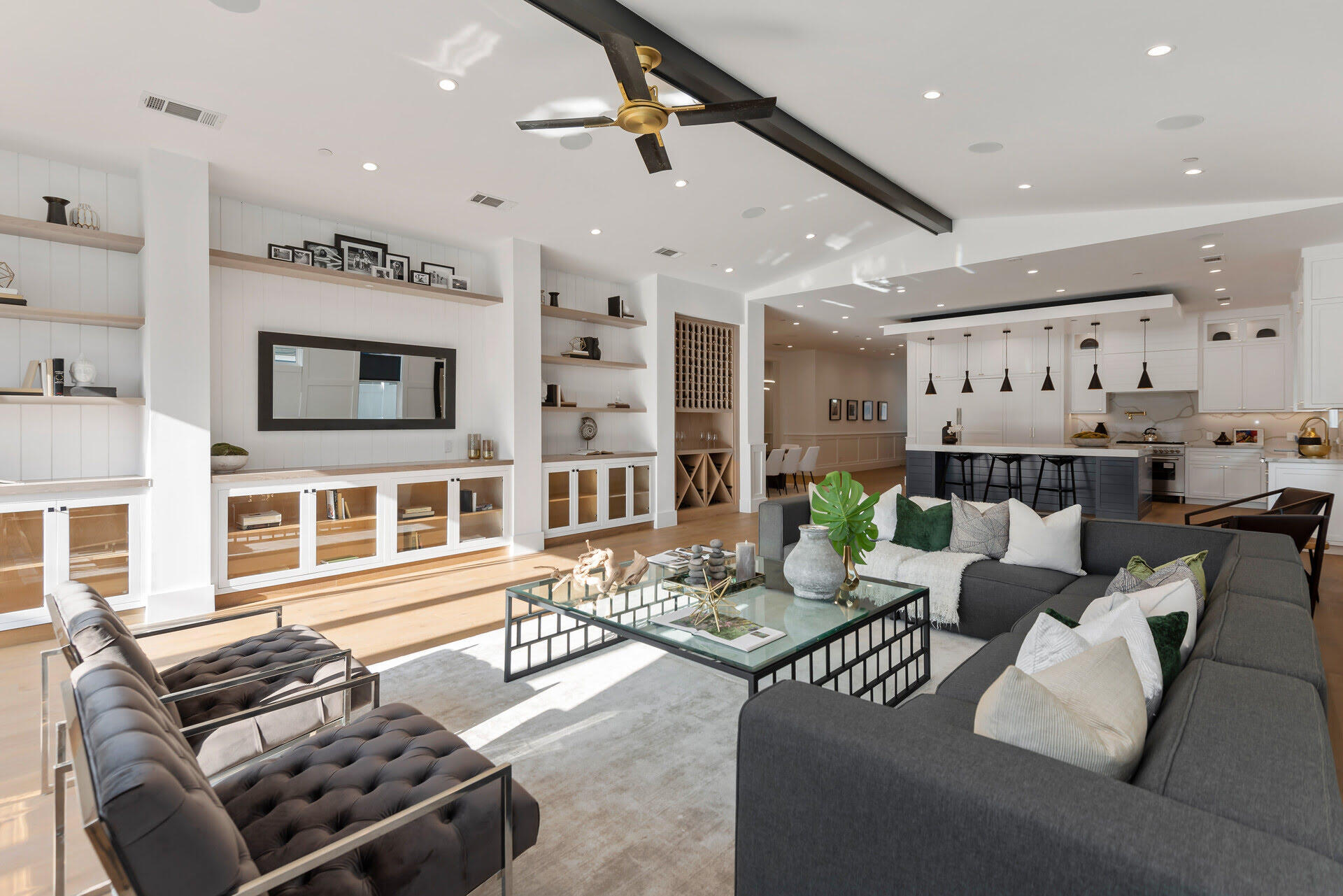
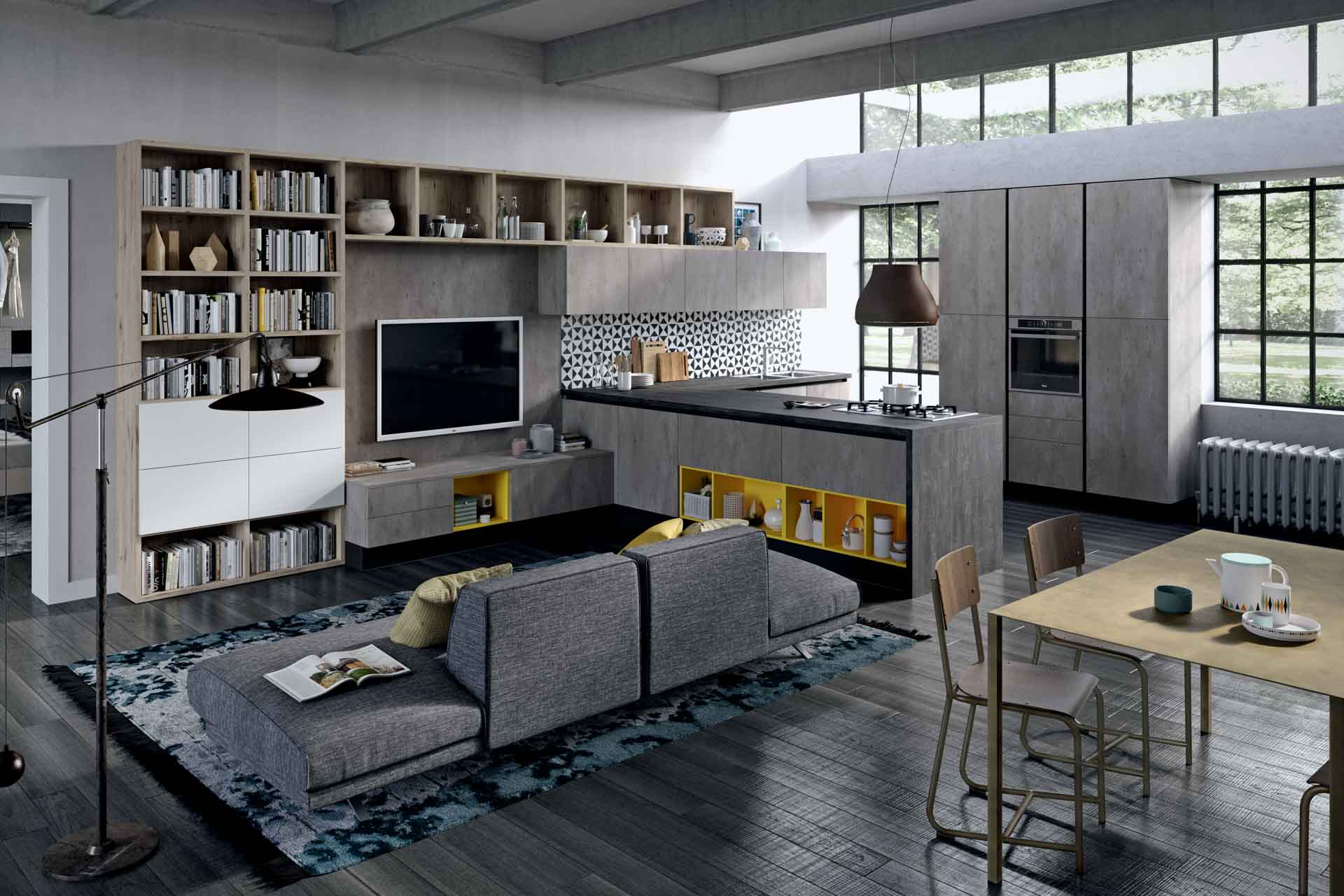
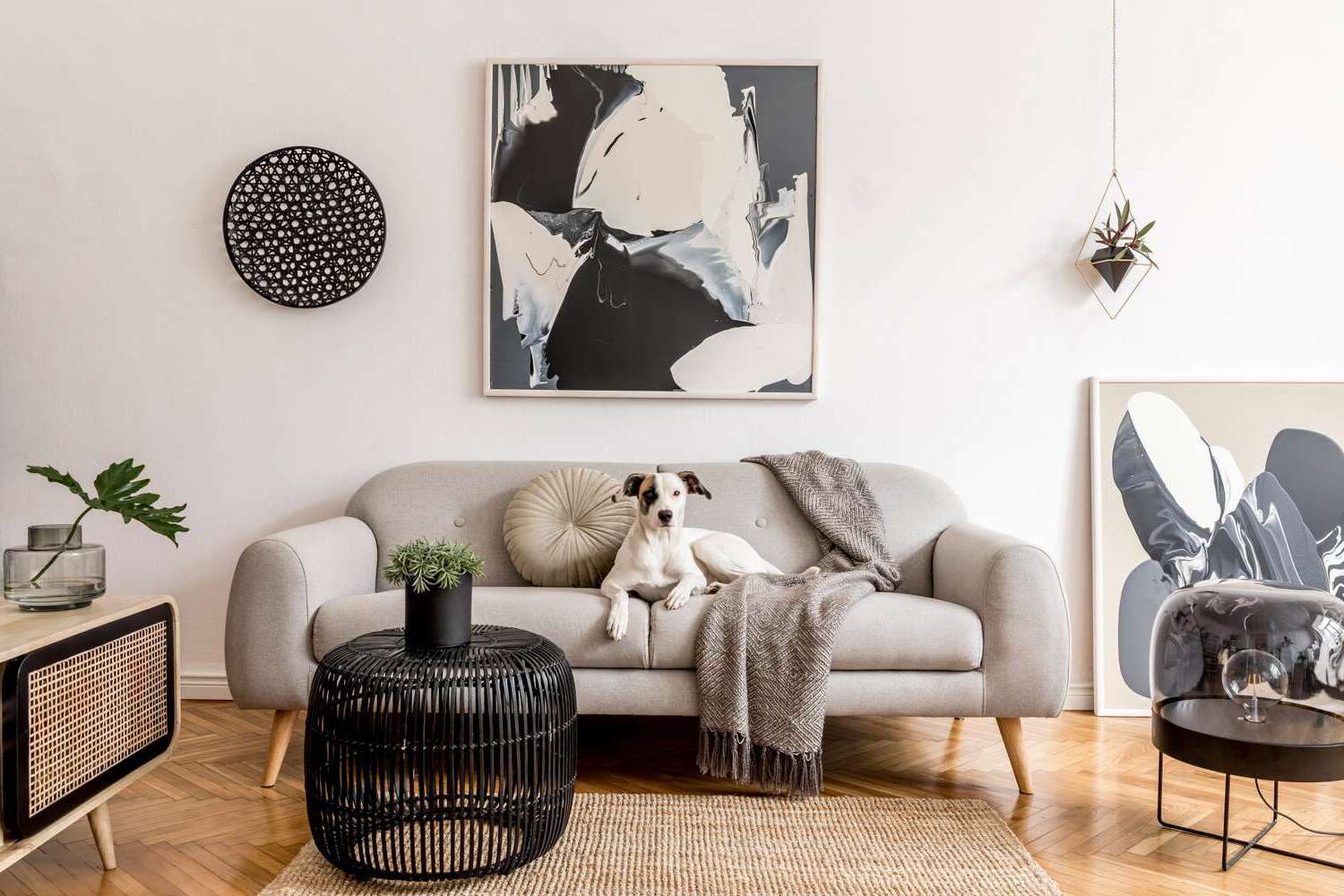
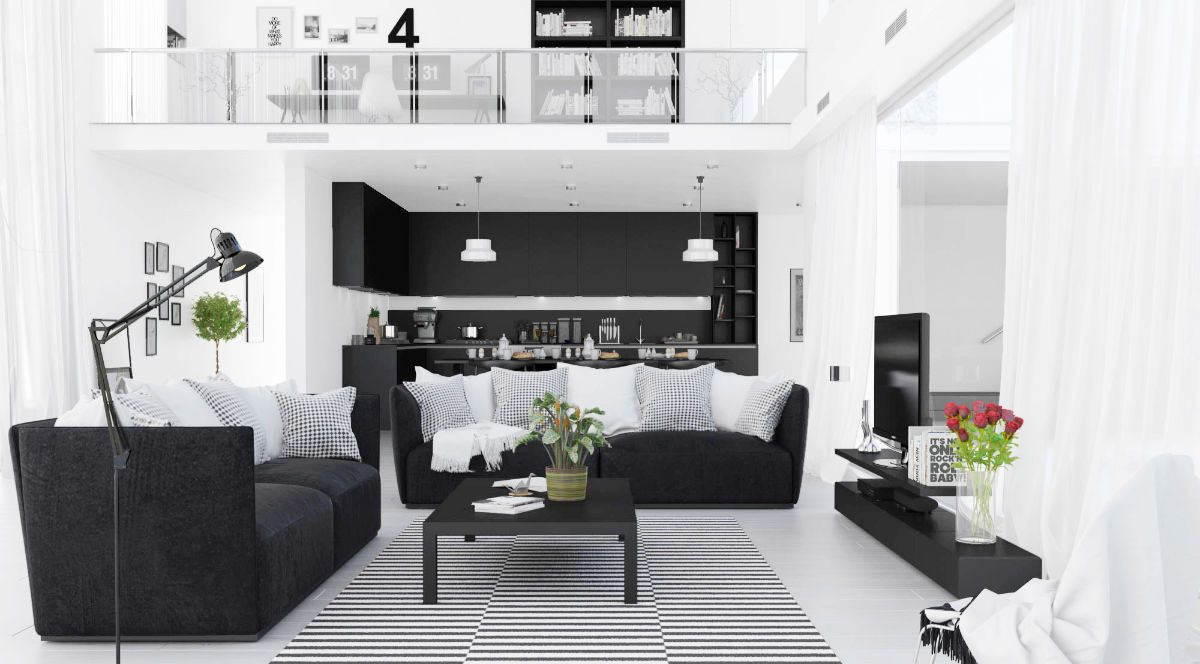
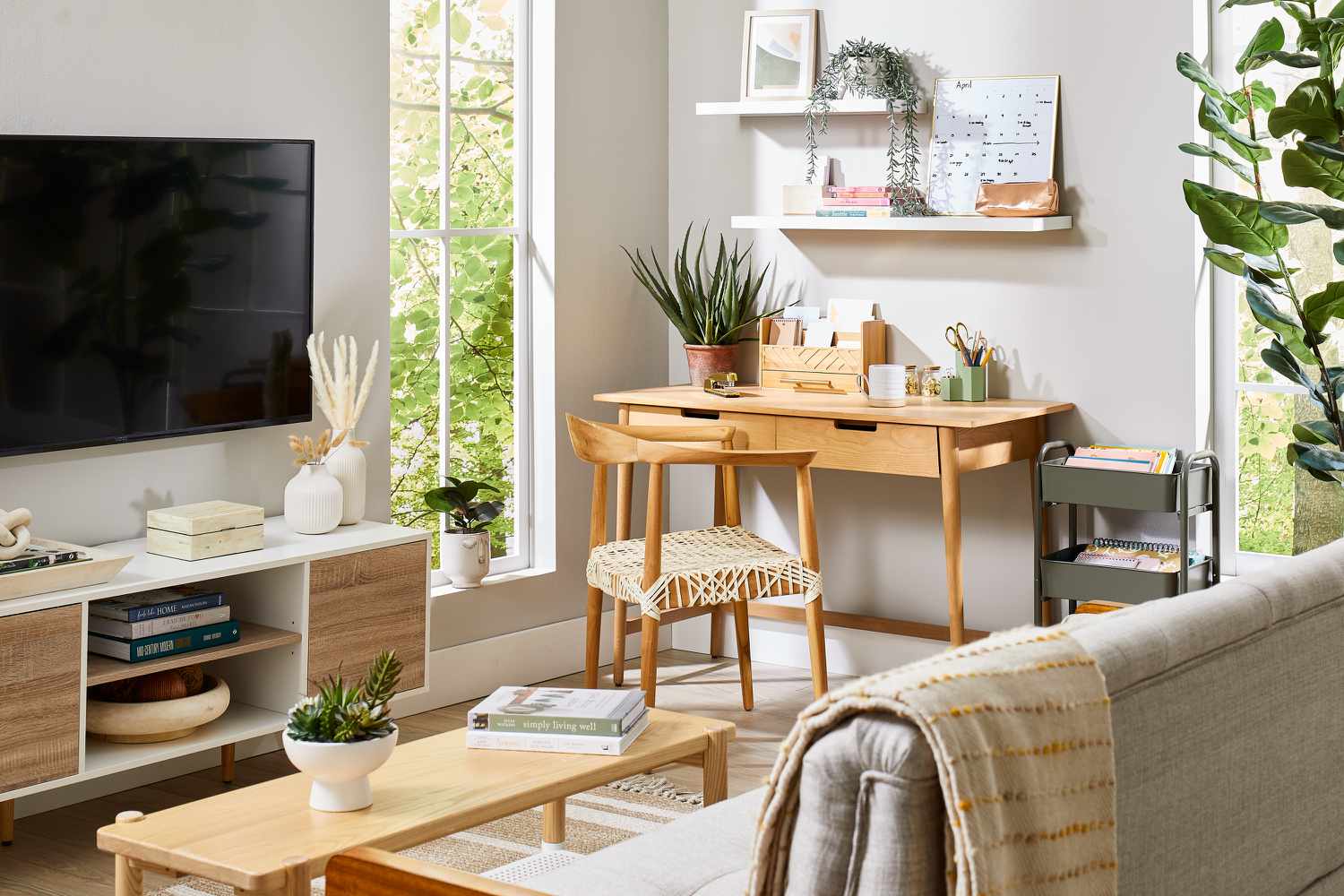
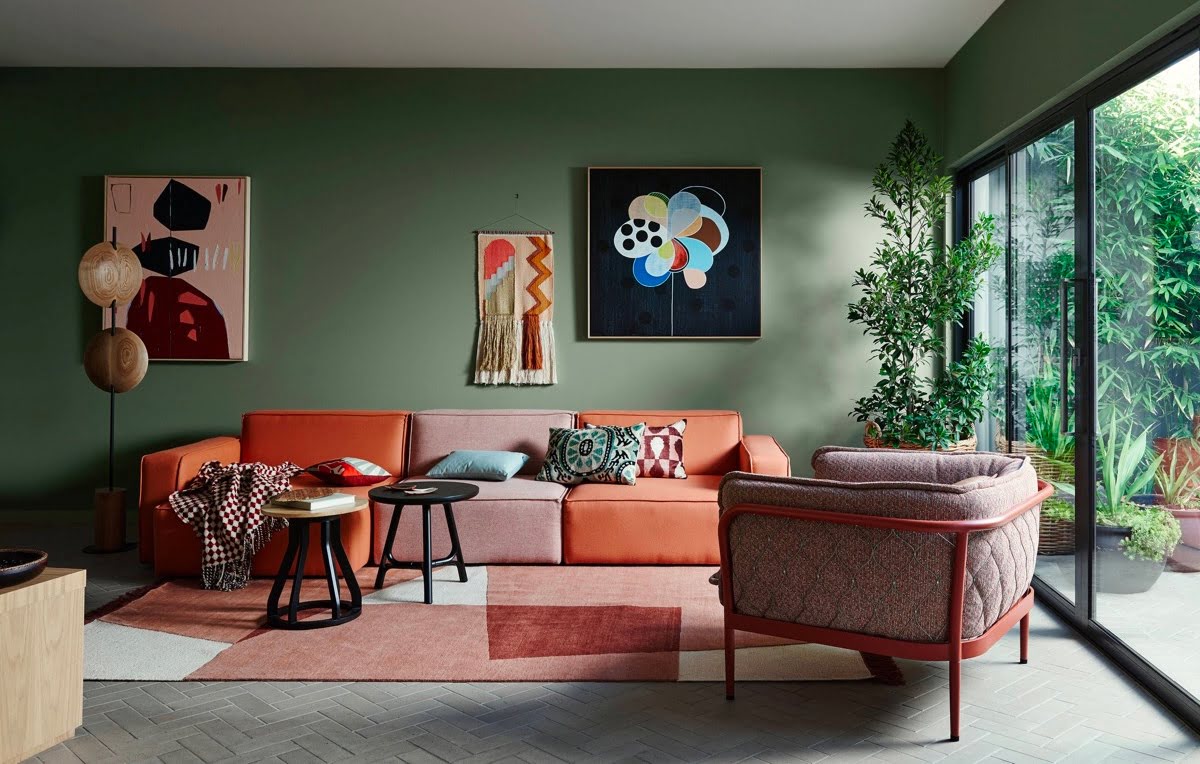

0 thoughts on “How To Decorate An All White Living Room”